I’ve always known I’m being tracked online. I mean, we all do, right? You search for something like new running shoes, and suddenly, every site you visit is throwing ads for those exact shoes at you. It’s just the deal we’ve made with the internet: we get free stuff, and companies get to keep an eye on us.
But recently, I found a tool that showed me just how deep the tracking goes. And honestly, it’s way worse than I expected.
It’s not just about cookies anymore. There’s something sneakier called browser fingerprinting, and it’s way harder to block. I decided to test my own browsers, and the results were seriously eye-opening.
I’ll share what I found below, explain how this tracking works, and give you some solid tips on how to protect yourself.
Contents
- 1 Why That Ad for Gardening Gloves Follows You Everywhere
- 2 Beyond Cookies: The Terrifying Threat of Browser Fingerprinting
- 3 I Tested My Browsers. The Results Were Not Good.
- 4 It’s Not a Theory: Scientists Prove Fingerprinting Tracks You
- 5 So What? The Real Dangers of Constant Online Tracking
- 6 Your Action Plan to Reduce Online Tracking
- 7 Taking Back Control of Your Digital Footprint
Why That Ad for Gardening Gloves Follows You Everywhere
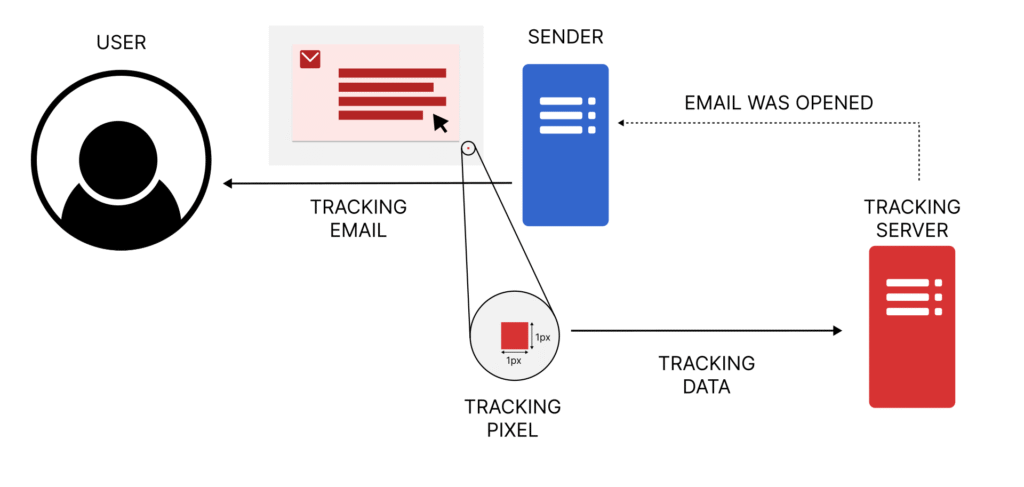
The “free” internet is built on your data. Every click, search, and scroll has value. Companies use it to show you ads they think you’ll actually click. That’s why, after reading a few home gardening blogs, you suddenly see ads for pots and seeds instead of headphones. That’s ad targeting in a nutshell.
Here’s how it usually happens:
- Cookies: These are little text files that websites drop on your browser. First-party cookies are the helpful kind—they remember your login or what’s in your shopping cart. Third-party cookies are the sneaky ones. They come from other companies, not the site you’re visiting, and they follow you around the web, quietly building a profile of your interests.
- Tracking Pixels: These are tiny, invisible images hidden in websites and emails. When you load a page or open an email, the pixel pings a server to say, “Hey, they’re here!” without you realizing it.
These tools have powered online tracking for years. The good news? You can block or delete cookies. You can switch to privacy-focused browsers. But that pushback led trackers to invent something much sneakier, and much harder to stop.
Also Read: Don’t Let Strangers Find You: 9 Tips to Protect Your Home Address From the Internet
Beyond Cookies: The Terrifying Threat of Browser Fingerprinting
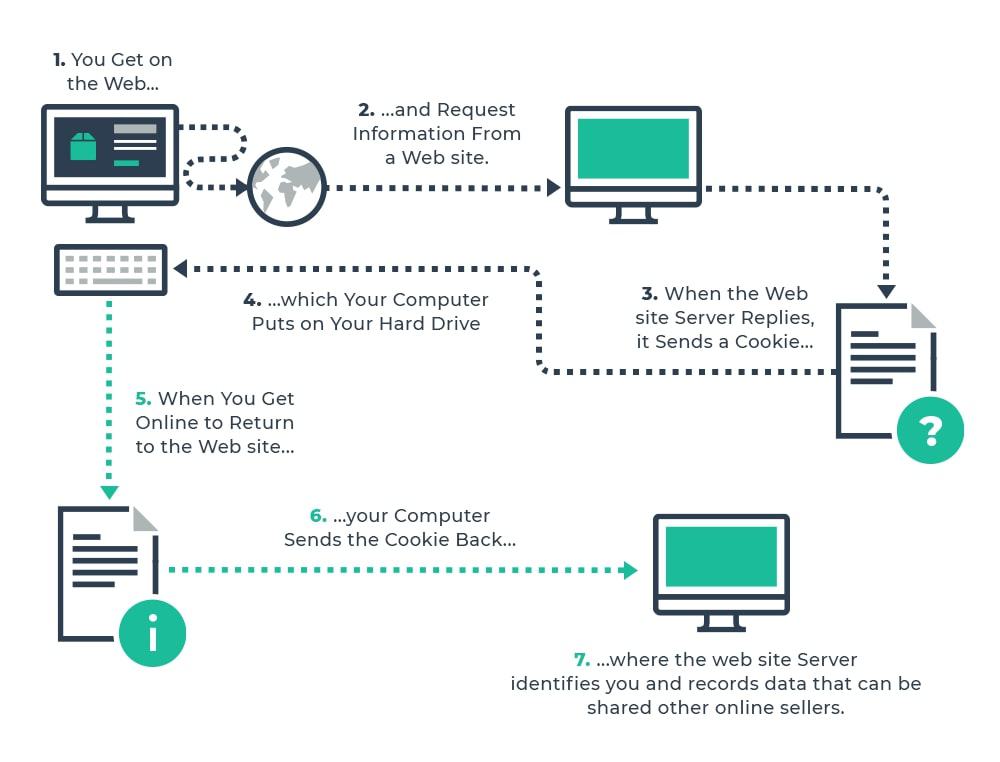
So, cookies are easy to block or delete, right? Well, trackers figured out a way to follow you that you can’t erase. That’s browser fingerprinting. Instead of dropping a file on your computer, this method looks at the unique details of your browser and device.
Think about it. Your screen resolution, the operating system you use, your browser version, installed fonts, time zone, and language. When combined, these things make your device pretty unique. Websites can gather all this info and create a “digital fingerprint” that’s specific to you. That means even if you don’t have cookies, trackers can still spot you in a crowd of billions.
This method is much scarier for a few key reasons:
- It Sticks Around: You can’t delete your fingerprint like you can a cookie. It is generated from the basic settings of your machine.
- It’s Invisible: The process happens silently. Most users have no idea it’s happening, and it’s very hard to block.
- It Bypasses Your Defenses: It is designed to work even if you clear cookies or use a private browsing mode.
Ironically, the more you try to protect yourself with unique settings or extensions, the more you stand out. Your unique combination of privacy tools can make your fingerprint even more distinct, creating a frustrating paradox.
Also Check: These Top 20 Free AI Courses Make You Look Like a Pro at ChatGPT, Copilot, DeepSeek, and More
I Tested My Browsers. The Results Were Not Good.
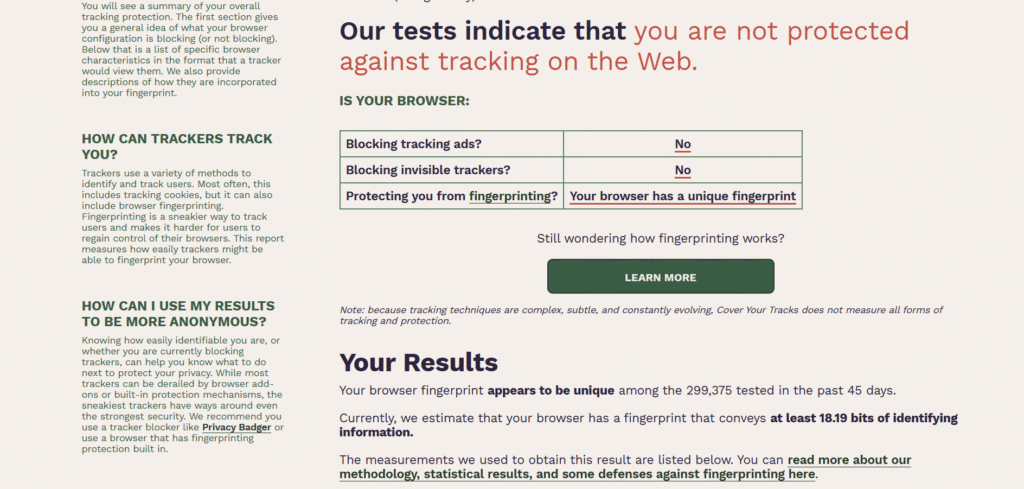
Reading about all this is one thing, but actually seeing it in action is another. So, I decided to try out a tool from the Electronic Frontier Foundation (EFF), a well-known digital rights group. It’s called Cover Your Tracks, and it’s super simple to use. The tool checks two things:
- Does your browser block tracking ads and invisible trackers?
- How unique is your browser’s fingerprint?
It measures “uniqueness” in something called “bits of identifying information.” The higher the number, the more unique your browser is, and the easier it is for trackers to follow you.
The tool then tells you if your fingerprint stands out or if your browser has managed to “randomize” it so you blend in with the crowd.
I tested five popular browsers on my devices. The results were, honestly, pretty alarming.
Browser
Data Collected (bits)
Fingerprint Type
Tracker Blocking
Google Chrome
18.19 bits
1 in 299,375 / unique
Allowed tracking
Microsoft Edge
18.19 bits
1 in 300,078 / unique
Allowed tracking
Opera
18.1 bits
1 in 300,062 / unique
Allowed tracking
Safari
17.5 bits
1 in 301,055 / randomized
Strong protection
Brave
18.19 bits
1 in 300,009 / randomized
Strong protection
The results were pretty eye-opening. Big-name browsers like Chrome, Edge, and Opera did the worst. They collected the most data, gave my browser a unique fingerprint, and barely blocked trackers at all.
Even Opera’s built-in VPN didn’t help. A VPN can hide your IP address, but it doesn’t stop fingerprinting scripts from reading all the other details about your browser.
On the flip side, privacy-focused browsers like Brave did much better. In fact, Brave and Apple’s Safari were the only ones that successfully randomized my browser’s fingerprint. That’s huge. Randomization makes your browser look like thousands of others, so you blend into the crowd instead of standing out.
This test made one thing crystal clear: how much you’re tracked online depends a lot on the browser you use.
Also Read: I Always Install These 6 Free Apps on Every Windows PC – They Make Life So Much Easier
It’s Not a Theory: Scientists Prove Fingerprinting Tracks You
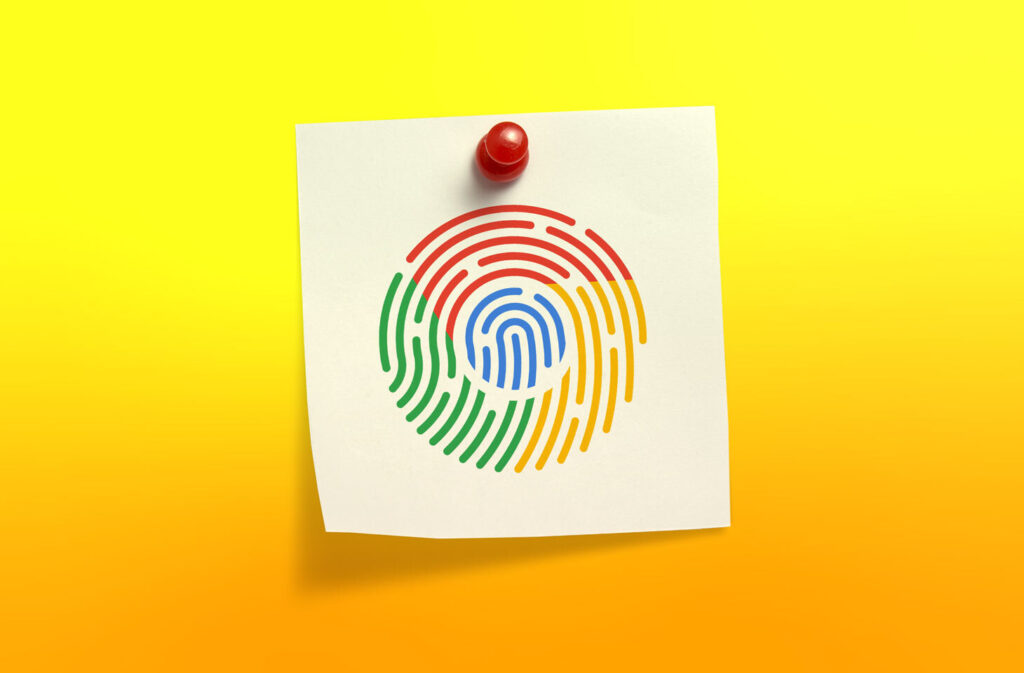
For years, privacy advocates warned that browser fingerprinting was a serious problem. But there was always one big question: Is it actually being used on a large scale to track people for ads?
Well, researchers at Texas A&M and Johns Hopkins universities finally gave us the answer with some groundbreaking research.
They created a tool called FPTrace. It visited websites, allowed them to create a fingerprint, and then returned with a slightly different one. The researchers watched to see if the ads changed based on the fingerprint. If they did, it was proof that fingerprinting was being used to track the user for ad targeting.
Their conclusions were damning. They found hard evidence linking fingerprinting to ad tracking in the real world, even when cookies were deleted. Worse, the tracking kept going after users explicitly opted out under privacy laws like GDPR. Basically, these systems are ignoring your consent.
So What? The Real Dangers of Constant Online Tracking
It’s easy to just shrug this off as “just ads.” But the truth is, the profiles being built on you are extremely valuable. These detailed digital dossiers are a goldmine for cybercriminals. All the constant tracking online is creating massive, centralized databases full of personal info, just waiting to be exploited.
And the stats paint a pretty grim picture:
- In the first half of 2025, 165 million people were affected by data breaches.
- More than half of all breaches involve customer personally identifiable information (PII), the very data that trackers are collecting on you.
- The average cost of a data breach has hit $4.44 million globally. In the United States, that number soars to a shocking $10.22 million.
What’s even scarier is that this problem is only going to get worse. As major browsers phase out third-party cookies, advertisers aren’t backing down. Instead, they’re doubling down on fingerprinting as the new go-to method. In fact, Google has officially updated its policies to allow it.
This isn’t some fringe issue anymore. Fingerprinting is the future of how you’ll be tracked online.
Your Action Plan to Reduce Online Tracking

After seeing all that data, I was a mix of angry and feeling pretty helpless. But here’s the good news: you’re not powerless.
While it’s nearly impossible to achieve perfect anonymity without seriously sacrificing your browsing experience, there are ways to build layers of defense that can dramatically reduce your exposure.
First, forget the idea that “Incognito Mode” protects you. It only deletes your browsing history from your local device. It does absolutely nothing to stop websites, trackers, or your internet service provider from seeing what you do online.
Step 1: Choose a Better Browser

Your browser is your first line of defense. Based on my tests, some are clearly better than others.
- Top Choices: Brave is an excellent option. It blocks trackers and randomizes your fingerprint by default, making it a powerful out-of-the-box solution.
- For Apple Users: Safari performed very well in my tests. Its built-in privacy features and fingerprint randomization make it a solid choice if you’re in the Apple ecosystem.
Step 2: Use Privacy Extensions
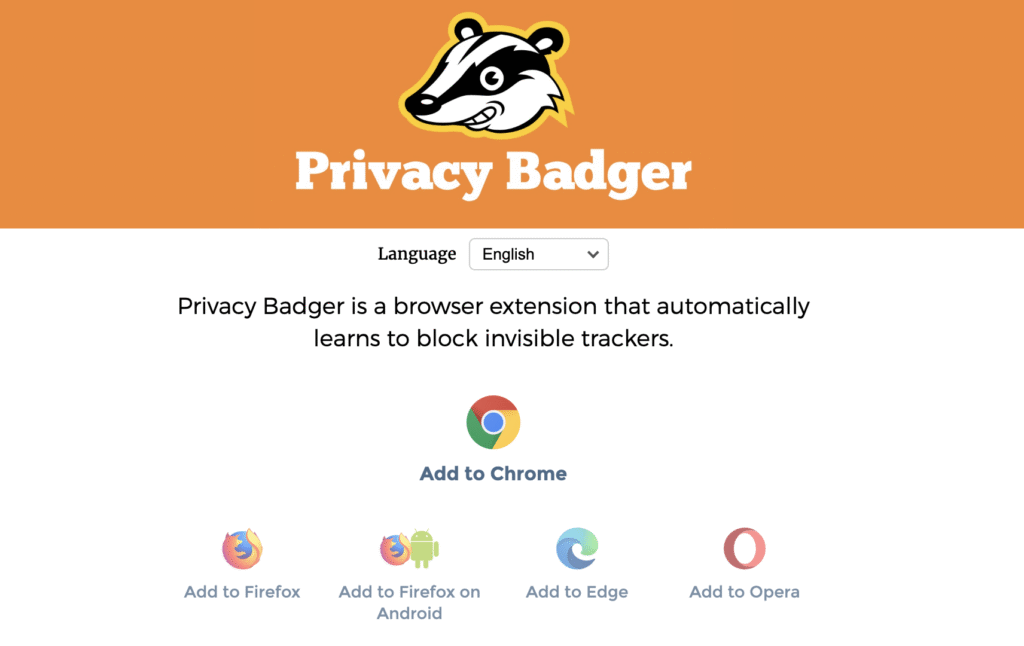
- Privacy Badger: This is my top recommendation. Created by the EFF, it doesn’t rely on lists of known trackers. Instead, it algorithmically learns to identify and block invisible trackers based on their behavior. It scored well on the Cover Your Tracks test, successfully blocking trackers where others failed.
- uBlock Origin: This is another powerful and highly respected ad and tracker blocker that is a favorite in the privacy community.
Step 3: Adjust Your Settings
Take a few minutes to harden the settings in whatever browser you use. Go into your privacy and security settings and take these key actions:
- Block all third-party cookies.
- Enable the “Send a ‘Do Not Track’ request” (even though many sites ignore it, it doesn’t hurt).
- Turn off any ad personalization or measurement features.
- Review and limit site permissions for your location, microphone, and camera.
Step 4: Consider Advanced Tools
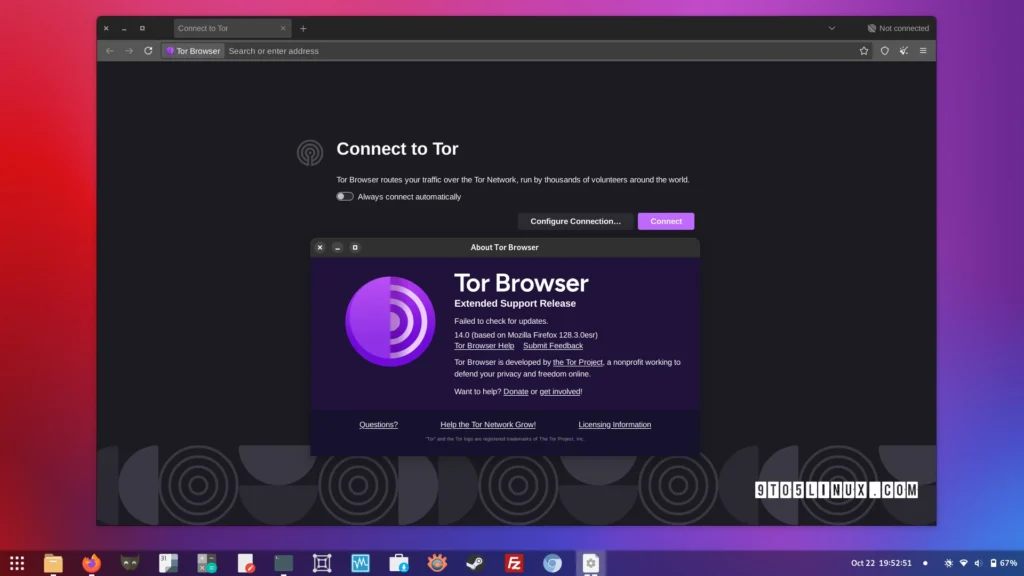
If you want to go a step further, consider these tools.
- A Reputable VPN: A Virtual Private Network encrypts your internet traffic and hides your IP address. This is great for protecting you from your ISP and on public Wi-Fi. However, as my tests showed, it does not stop browser fingerprinting by itself. Choose a reputable, paid service with a strict no-logs policy that has been independently audited.
- Tor Browser: For maximum anonymity, Tor is the gold standard. It routes your traffic through multiple encrypted relays and makes all users look identical, defeating fingerprinting. However, it is often very slow and can break many websites, making it impractical for everyday use.
Taking Back Control of Your Digital Footprint
The digital world relies on trust, but that trust has been broken. The shift from simple cookies to persistent browser fingerprinting is a huge leap in surveillance. My own tests showed me that the reality of how much you’re tracked online is way worse than most of us realize.
But resigning to it isn’t the answer. We can still take control. By choosing better tools and tightening our settings, we can carve out a little space for privacy.
I challenge you to take that first step. Head over to the Cover Your Tracks website and run the test for yourself. See how much you’re really being tracked.
Privacy isn’t something you can just buy; it’s something you have to practice. Start now and see just how much of your digital life is being watched.